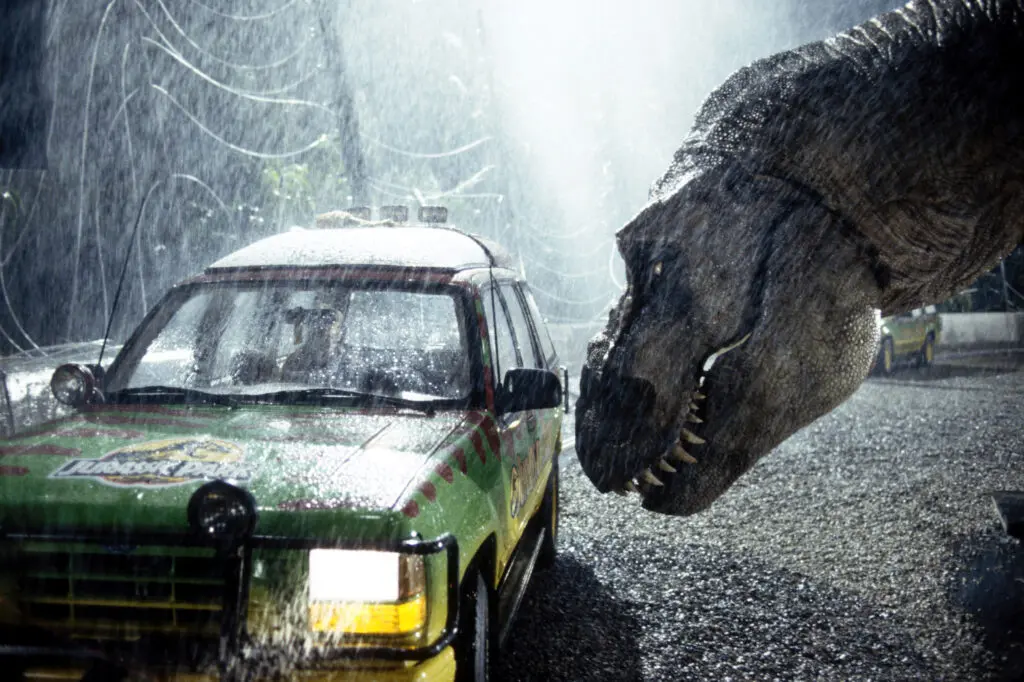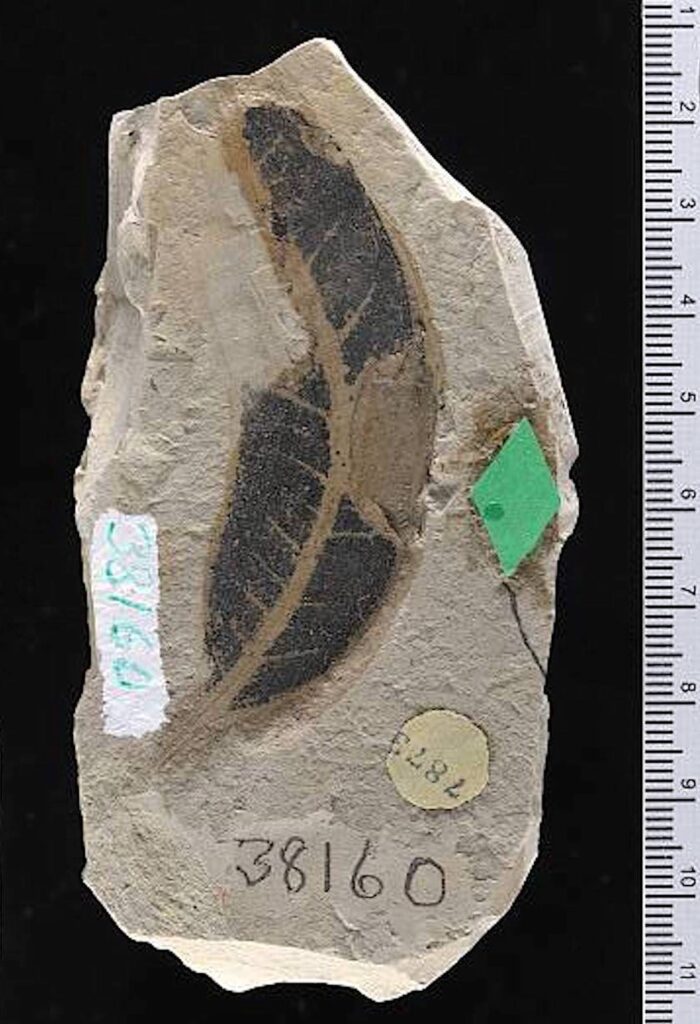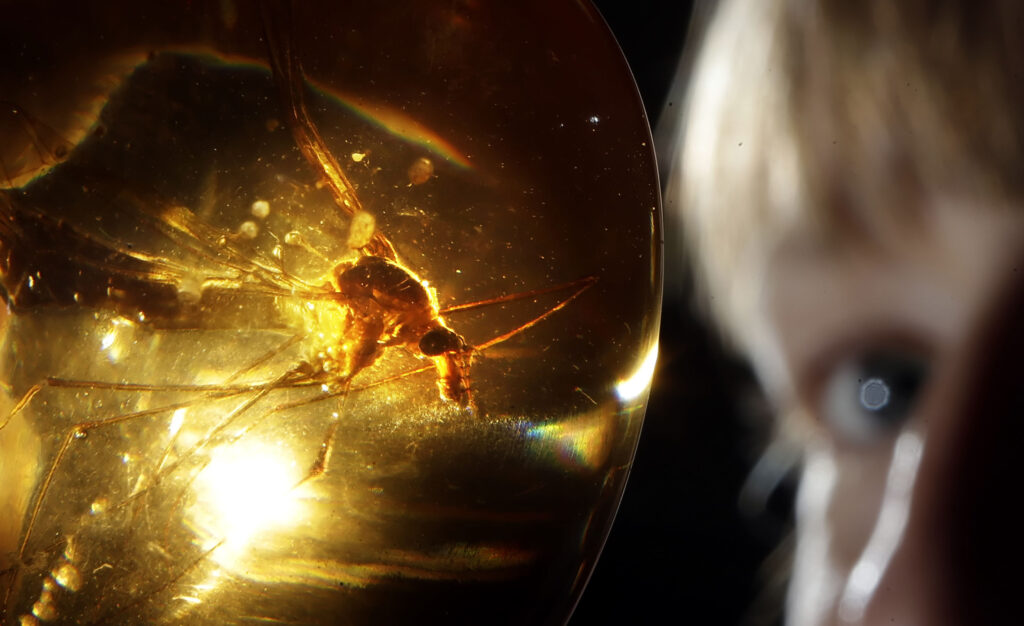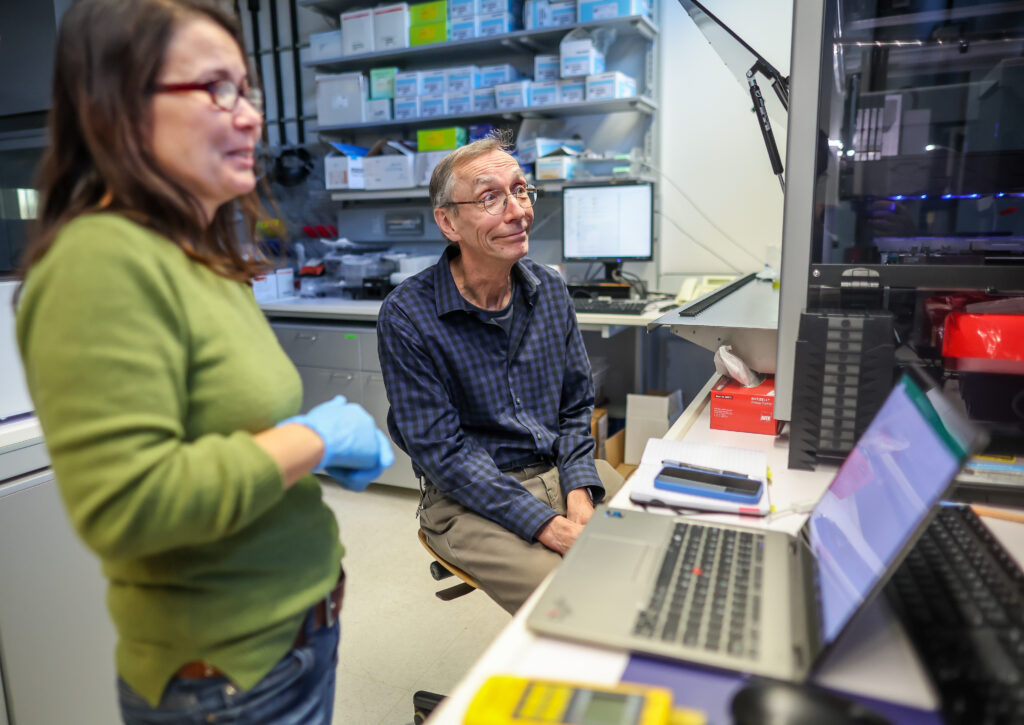Celebrity Status Almost Ruined Ancient DNA Research

The morning of my 26th birthday, I woke up to incredible news for my field of evolutionary anthropology: For the first time, the study of human evolution won a Nobel Prize. Geneticist Svante Päabo had, according to the awarding group, made a “seemingly impossible task” possible: extracting DNA from the remains of individuals who lived long ago.
Päabo had turned science fiction into science fact, and now the entire field was being rewarded. But the odds did not always favor ancient DNA making that jump.
From its beginning, paleogenetics has developed in the media spotlight. Many in the press and public wanted to know if, how, and when extinct species would be resurrected from aDNA (as ancient DNA is often shortened to). This publicity sometimes steered the science, undermining the scientific method. Such interest also distracted from the breakthrough’s Nobel-worthy value: answering scientific questions about species’ history and evolution.
How did aDNA’s celebrity influence its development—and what can we learn from this journey?
DINOSAUR DREAMS
In the early 1980s, dermatologist and dinosaur lover John Tkach began chasing the dream of aDNA. Tkach believed one could retrieve dinosaur DNA from mosquitoes that fed on them millions of years ago—provided the blood suckers got trapped in tree resin that solidified into amber. Placed into an amphibian egg, that DNA could grow a dinosaur, he thought. (Yes, as in the book and film Jurassic Park. We’ll get there.)
But when Tkach and like-minded enthusiasts tried to publish their speculations in scientific journals, they received rejections due to insufficient evidence.
A 1982 Science study changed the tide. University of California, Berkeley, scientists George Poinar Jr. and Roberta Hess reported intact cellular structures in an amber-encased insect that was 40 million years old. Tkach joined the pair to discuss and plan aDNA’s future. At their first meeting, they already foresaw two obstacles: authenticity and speculation.
DNA is a building block of every living creature. Hence, it would be hard to authenticate whether molecules came from the ancient being or any encounters with modern organisms after its death—from microbes in the soil to scientists in the lab. The group also fretted that speculating about aDNA’s future potential could kill their reputations—and the field itself.
It almost did.
QUAGGA REALITIES
Around the same time, Svante Päabo was already trying to recover DNA from the dead. As a doctoral student at Sweden’s Uppsala University, he managed to extract it from three mummies. But because his 1984 paper appeared in a journal published in East Germany, the research did not reach global scientists or publics.
That same year, another team, led by Berkeley’s Allan Wilson, reported DNA from a museum specimen of a quagga, a zebra-like creature that went extinct in the late 1800s. Unlike Päabo, they published their findings in the prestigious journal Nature.
The study made headlines in most major news outlets and provided credibility to aDNA. Other teams rushed to conduct similar research. With each attempt at extracting DNA from an extinct species, the media claimed scientists were closer to bringing back to life vanished creatures.
CATCHING CONTAMINATION
By the late 1980s, aDNA attempts accelerated, thanks in part to the invention of polymerase chain reaction (PCR). This method makes abundant copies of small DNA strands, allowing for easier reading of its code. Natural decomposition breaks aDNA into small fragments, so PCR was a game changer for paleogeneticists.
But PCR can also amplify contaminant DNA. A fleck of skin or saliva from a scientist could introduce modern DNA that would get copied millions of times, swamping out the ancient sequence.
Päabo and his colleagues seemed aware of this double-edged sword. They even published guidelines for detecting and preventing contamination. These included comparing the sequence of the ancient organism to its closest living relatives, ensuring that laboratory chemicals did not introduce contaminants, and replicating results in different labs. However, these procedures took time. Given the research race underway, did it pay off to verify findings—and risk not being first?
In 1989, a University of Oxford team claimed to have extracted, for the first time, DNA from ancient human bones. Despite reporting the 5,500-year-old sequence in Nature, the authors didn’t perform the authenticity checks Päabo and his colleagues recommended. Neither did the authors of another Nature paper one year later, which claimed a roughly 20-million-year-old leaf yielded aDNA.
While the media lapped up this research, some scientists, including Päabo, appeared dubious. He and his students devoted themselves to replicating results of aDNA papers with their own authenticity checks—and they failed.
I and other researchers think journals such as Nature lowered their standards to propel their papers to headlines around the world.
JURASSIC PRESSURES
The influence of pop culture on aDNA fluoresced with Michael Crichton’s Jurassic Park in 1990. In the novel, scientists bring back to life dinosaurs from DNA preserved in amber-encased mosquitos—an idea Crichton matured after visiting Poinar back in 1983.
The book recharged the press and public’s obsession with aDNA as a means to raise extinct species. Several Nature papers followed in which researchers claimed to have salvaged DNA from older and older insects in amber. The most striking, led by Poinar in 1993, presented DNA from a roughly 135-million-year-old weevil.
Apparently, the desire of researchers and journals to capitalize on Jurassic Park hype was so strong, Nature may have delayed Poinar’s publication to coincide with the release of the film based on the novel. That same summer, the National Science Foundation awarded four grants to researchers explicitly attempting to capture “dino”-DNA.
Divorced from evolutionary questions and authenticity checks, was there any science behind reports of multimillion-year-old critters?
More scientists began to argue that it was biochemically impossible for DNA to survive at such timescales. In 1997, a team at London’s Natural History Museum tried to recover aDNA from insects in 15 amber specimens—including those from Poinar—using the appropriate authenticity protocols. They found none.
Once more, aDNA made headlines. Media outlets proclaimed the hype from the preceding two decades had been a hoax.
NEANDERTHALS TO THE RESCUE
The Jurassic Park frenzy offered a lesson for the scientific community: Paleogenetics must mature in order to tackle questions about species’ history and evolution, including our own.
Soon researchers proved just how revolutionary this science could be if rigor was applied. Most notably, in 1997, a team led by Päabo and Matthias Krings published a stretch of aDNA from the arm bone of a Neanderthal who lived nearly 40,000 years ago. To verify the aDNA was authentic and unique to Homo neanderthalensis, they compared the fossil sequence to that of modern humans. Before publication, they sent a different bone bit from the same Neanderthal to an independent group of scientists, who, in turn, replicated the findings.
The study helped clarify long-standing questions, such as confirming Neanderthals as a distinct branch on the human evolutionary tree. But beyond the specific insights, it highlighted the importance of rigorous molecular biological techniques for producing such conclusions. It set the groundwork for many more studies addressing evolutionary history, ancient migrations, diets, disease, mating habits, and social ties.
Päabo’s team published in Cell, a respected biology journal—but one that usually gets less media attention than Science or Nature. Publishing in Cell signaled “that the sequencing of ancient DNA was solid molecular biology and not just about the production of sexy but questionable results,” Päabo wrote in his autobiography.
LESSONS FROM THE LIMELIGHT
A little more than 10 years after publishing the first stretch of Neanderthal DNA, Päabo and 55 collaborators reported their sequencing of the species’ full genome. About a decade after that, Päabo received the 2022 Nobel Prize in physiology or medicine.
Over those years, he established a consortium that developed genetic tools to tackle previously unanswerable questions, including interbreeding between Neanderthals and modern humans, and the identification of a new human species, Denisovans, based on aDNA from a finger bone. For my doctoral research, I, too, am relying on these methods to unveil past migrations in Africa.
Some of the most important implements in the aDNA toolkit focus on the identification of contamination—now an integral component of all such published research.
Although researchers helped aDNA secure its reputation, the allure of celebrity still influences scientific research and publishing. For example, in 2023, paleoanthropologist Lee Berger and colleagues made staggering claims. In three reports, the team argued that small-brained hominins of the species Homo naledi buried their dead, used fire, and carved the world’s oldest artwork some 300,000 years ago.
Before experts evaluated their evidence through peer review, Berger promoted the research to the media. Major news outlets and a Netflix documentary touted the conclusions. Then, other scholars refuted the claims, detailing the studies’ shortcomings in their peer reviews, social media, press comments, and eventually other journal articles. But these were perhaps too late to erase the spectacular notions from public imagination.
It seems Berger believes H. naledi deserves stellar celebrity status: He sent one of its bones to space several months later.
The arc of aDNA from science fiction to Nobel winner highlights the tricky relationship between the media, pop culture, and science. Yes, the press—and Hollywood blockbusters like Jurassic Park—play a vital role in raising public understanding and enthusiasm for science. But science should still be funded, conducted, and reported for what it is—not what onlookers dream it to be.
































